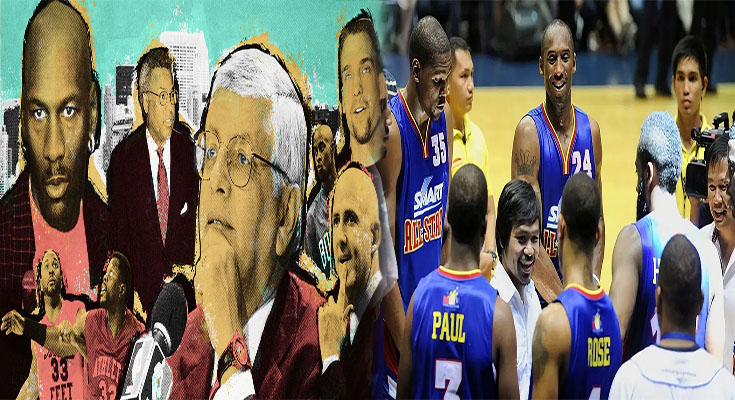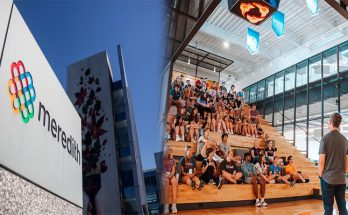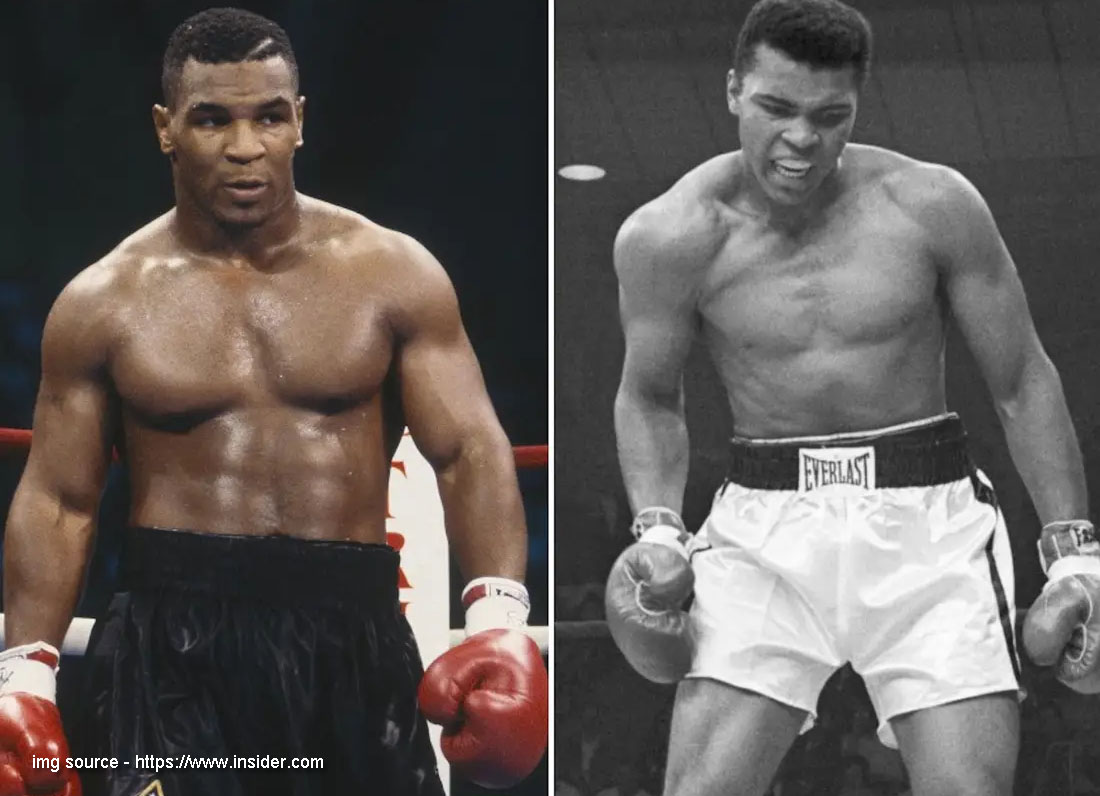The NBA is in a good position, as it’s still the most popular basketball league in the world. But like every other professional sports league, it’s facing issues with its players’ union. The latest round of negotiations between both sides has failed, and now it looks like we’re headed for another lockout. While you wait for an answer from these two teams (which may take months), here are some things you should know about what’s going on behind the scenes:
Teams are trying to make up lost revenue.
To make up for lost revenue, some NBA teams are looking for new ways to generate money. For example, the New York Knicks have started selling merchandise in China and India. Other teams might sell the rights for their games or even think about adding advertisements on their uniforms.
It’s not just professional sports leagues that are losing money during a lockout; college football has seen its share of negative effects too. Some schools have had to cancel games because they couldn’t find enough players who wanted to play under these conditions–or at all!
The NBA has a history of lockout.
Lockout is a labor dispute between a union and an employer, and it occurs when the two parties cannot agree on terms for their new collective bargaining agreement (CBA).
Lockouts can be caused by many factors. In some cases, they’re initiated by employers who want to reduce costs and increase productivity at their companies; in others, unions may demand better benefits for employees or higher wages from management. Often these two sides will negotiate until they reach an agreement that satisfies both sides’ needs without causing disruption in business operations or harming other stakeholders like customers or investors. However if no solution can be found through negotiations then one side will resort to using their leverage over another party’s decision-making process in order to gain concessions from them–this usually takes place through some form of action taken against your opponent’s property such as shutting down factories or locking out workers
The players union is fighting for a 50/50 split.
A 50/50 split would mean that players get half of all NBA revenue, which is currently split between owners and players. In the past, it’s been more like 57 percent to 43 percent in favor of owners.
The players union wants a bigger piece of the pie because they think they’re doing most of the work and deserve more than just 43 percent of what’s left over after paying coaches, general managers and other staff members (such as trainers). This isn’t just about money either–it’s about respect for what these athletes do every day on court or field.
Players are finding other income sources such as endorsements and appearances.
The lockout is not just affecting players. It’s also affecting the fans. If the season doesn’t start on time, a lot of people will be looking for other ways to spend their money and have fun while they wait for basketball to return.
Players are finding other income sources such as endorsements and appearances. This will help them make ends meet during this tough time in which they cannot play basketball professionally yet still need money coming in from somewhere else besides their NBA contracts because there is no guarantee how long this lockout could last or if it will ever end at all! Some players have even signed up for reality TV shows like Dancing With The Stars where you get paid big bucks just for showing up each week on camera!
The average player salary was $5 million in 2012, but Joe Smith made $17 million that year.
The average player salary in the NBA was $5 million in 2012, but Joe Smith made $17 million that year. He was a free agent and signed a contract with the Detroit Pistons that made him the highest paid player in NBA history at the time. At least until Kobe Bryant signed for $25 million per year just two weeks later.
The lockout is about how much money each team should get from TV rights deals and other sources of revenue like ticket sales or merchandise sales, but it’s also about who gets what percentage of those revenues: players or owners? The owners want to give more money back to themselves through luxury taxes on high-spending teams (like New York Knicks), while players want guaranteed contracts so they can plan their futures without worrying about being cut every year or getting injured before they get paid again next season
We’re all waiting for the outcome of the NBA lockout, but in the meantime, it’s good to know what’s going on.
The NBA lockout is a big deal. The NBA is the most popular sport in the US, and its players are some of the highest paid athletes in the world. If you’re not familiar with how this works, let me explain:
The owners (i.e., owners of teams) make money off ticket sales, merchandise sales and TV rights fees. They also make money by selling ads on jerseys and courtside seats at games–the more popular your team is, the more money you can charge advertisers per ad spot or seat location. So when it comes down to it: Who has more leverage? The players or their employers? It seems like an easy question until we realize that there are over 600 players currently unemployed (and counting).
We’re all waiting for the outcome of the NBA lockout, but in the meantime, it’s good to know what’s going on.





